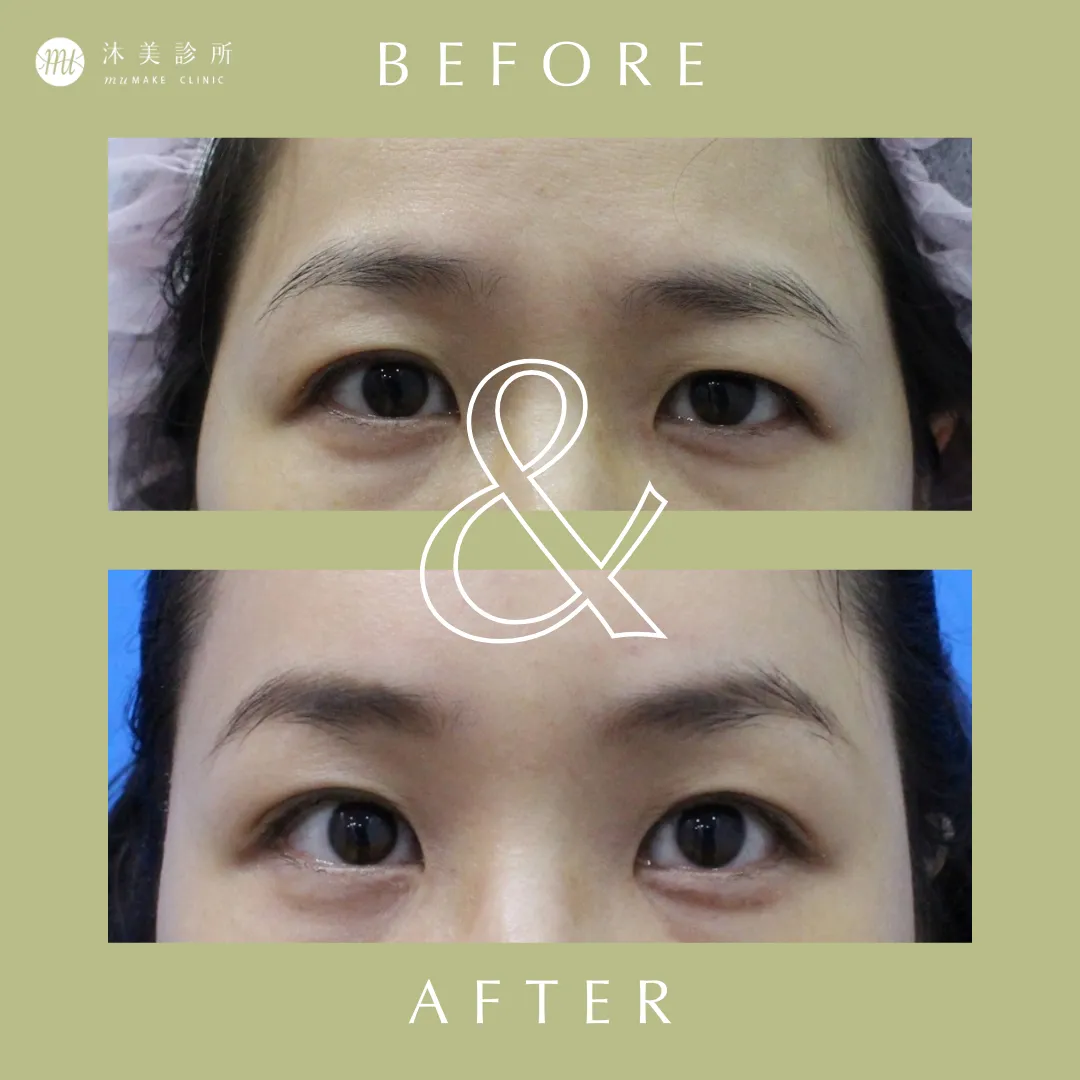Facelift is a popular cosmetic surgery that involves lifting facial tissues, removing sagging excess skin, and addressing signs of aging from the forehead, eyes, mid-face, to the neck for clients.
Since facelift surgery comprehensively deals with the inner sagging and displacement of facial muscles, soft tissues, as well as relaxed fascia layers and superficial epidermis, it can lead to improvements in contour lines, wrinkles (crow's feet, marionette lines, nasolabial folds, frown lines), eye bags, tear troughs, and more, which are often of concern to many.
Types of facelift procedures include:

- Facelift can be divided into upper facelift and mid-lower facelift.
- For upper facelift, we use the latest "hidden scar endoscopic brow lift" technique. Compared to traditional facelift procedures, it results in smaller incisions, faster recovery, and is less easily noticeable.
- For mid-lower facelift, we employ an endoscopic high-level fascia lift procedure that targets individuals with severe skin laxity.
Facelift Procedures:

Endoscopic Facelift Benefits
- Small Incisions (4 tiny incisions within 2 centimeters each) hidden in the hairline, making them less visible.
- Faster Scar Healing.
- Reduced Blood Loss with lower tissue damage.
- Convenient Postoperative Care.
Suitable Candidates for Endoscopic Facelift
- Individuals with early signs of aging.
- Those experiencing drooping eyelids, sagging upper eyelids causing brow pressure on the eyes.
- Those with aging in the upper face area and a desire to improve forehead lines, frown lines, and periorbital wrinkles.
- Individuals with uneven forehead due to collagen loss.
- People who have previously undergone treatments like radiofrequency but did not achieve the desired lifting results.
Endoscopic Brow Lift Facelift vs. Traditional Facelift

Witness
※The case photos in this text are clinic's pre- and post-operative photos, used for treatment explanation or supplementary educational information. They are for reference only. According to the announcement of the Ministry of Health and Welfare, the case records obtained patient consent and are not medical advertisements.






Q:Does it take a long time to recover from an endoscopic brow lift?
A:There may be some swelling and tightness post-surgery, which significantly improves after about a week. Natural recovery is expected after approximately two weeks. However, the actual duration of complete swelling reduction varies depending on an individual's constitution.
Q:Can I wash my hair after an endoscopic brow lift?
A:There is no need to shave the head before an endoscopic brow lift, and generally, you can wash your hair as usual after the procedure. Specific postoperative care instructions will be provided based on individual circumstances.
Q:Can facelift and double eyelid surgery be performed together?
A:If it is deemed safe and appropriate during a professional evaluation by the doctor, it is recommended to undergo both procedures simultaneously, followed by a period of postoperative rest and recovery.
Q:What surgery is recommended for sagging eyelids?
A:In general, there are three scenarios:
If the eyelid position is low without sagging or other issues, double eyelid surgery can be considered for improvement.
If the levator muscle is weak, double eyelid surgery is usually recommended in combination with levator muscle surgery.
If overall facial tissue aging leads to sagging at the eyelid's outer corner, an endoscopic brow lift is advised.
Q:Is there a limit to the number of endoscopic brow lifts one can have, and how long does the effect last?
A:As everyone undergoes the aging process over time, an endoscopic brow lift is not a permanent solution. With proper maintenance, the results can last for 7-10 years, with some individual variations. In general, there is no limit to the number of procedures throughout one's lifetime. If there is a need for further treatment, it can be performed again after a professional evaluation by a doctor.




 Booking Now
Booking Now  Messenger
Messenger  LINE
LINE 


